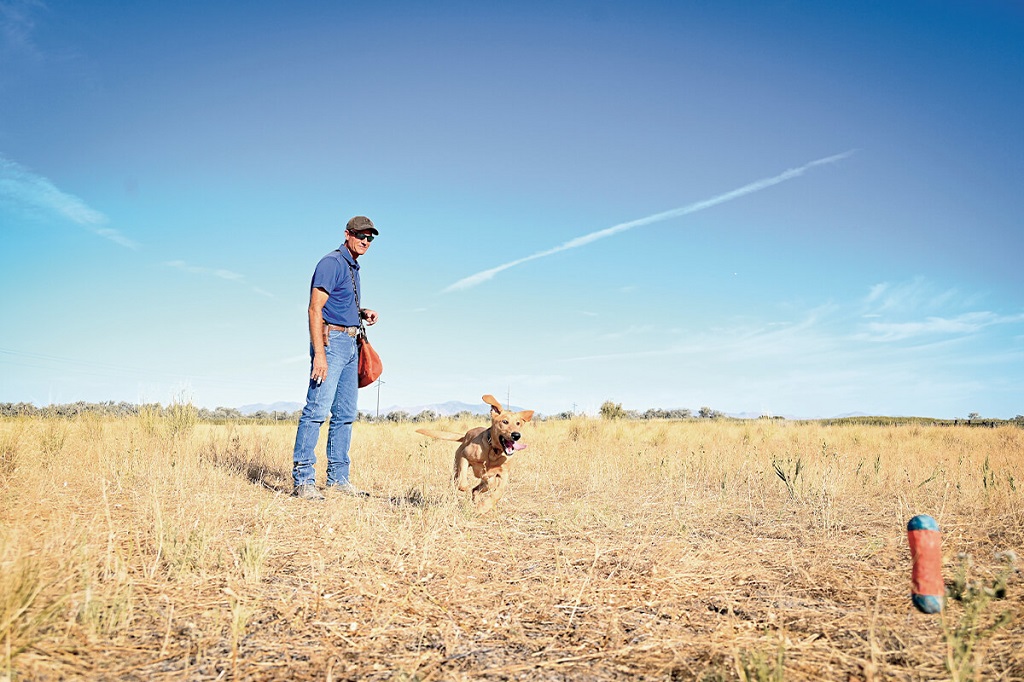Our canine companions communicate a wealth of emotions through their body language. From the enthusiastic wag of a tail to the furrowed brow of a worried pup, understanding these nonverbal cues is key to building a strong and harmonious relationship with your dog. This guide delves into the fascinating world of dog body language, helping you decipher your furry friend’s messages and fostering a deeper connection.
Beyond the Wag: A Multifaceted Language
While a wagging tail is often interpreted as happiness, dog body language is a complex system that encompasses various elements:
- Tail Position and Movement: A high, wagging tail usually signifies excitement or playfulness. A low, tucked tail may indicate fear or submission. A slow wag can indicate uncertainty, while a stiff, upright tail might suggest dominance.
- Facial Expressions: Dogs communicate through subtle facial expressions. A relaxed face with a slightly open mouth suggests contentment. Wrinkled brows or exposed teeth can signal fear or aggression. Pay attention to how your dog’s ears are positioned – floppy ears often indicate relaxation, while perked-up ears suggest alertness.
- Body Posture: A relaxed stance with a lowered head and soft eyes suggests a friendly and submissive dog. A rigid posture with a raised head and tense muscles may indicate dominance or aggression.
- Vocalizations: Barks come in many forms, from excited yelps to deep growls. Whining can indicate fear, submission, or excitement depending on the context. Understanding the context is crucial to interpreting vocalizations.
Understanding Common Signals for a Stronger Bond:
Knowing how to interpret key signals can strengthen your bond with your dog:
- Playful Pups: A play bow with a flat chest on the ground, rear end raised, and tail wagging is a clear invitation to play. Other playful signals include bouncing around, nipping at your clothes (gently!), and rolling on their backs.
- Time for Treats: When your dog sits patiently with a hopeful gaze, it’s likely a request for a treat or a walk. Remember, rewarding good behavior reinforces positive associations.
- Feeling Fearful: Tucked tail, flattened ears, averted gaze, and whimpering are all signs of fear. Avoid forcing interaction and provide a safe space for your dog to feel comfortable.
- Time for Training: Eye contact is crucial for successful training. When your dog makes eye contact with you, it indicates focus and attentiveness. Use positive reinforcement techniques like treats and praise to encourage desired behaviors.
Beyond the Basics: Understanding Nuances
While these are some common signals, interpreting dog body language requires considering the context:
- Breed: Certain breeds may have specific body language traits. For example, Huskies are known for their “talking” vocalizations, which don’t necessarily indicate aggression.
- Age and Personality: Puppies may exhibit more playful behaviors, while older dogs might be more reserved. Each dog’s personality also plays a role in their communication style.
- Past Experiences: Negative experiences can shape a dog’s body language. A rescued dog may be more shy or hesitant, requiring patience and understanding.
Building Trust and Communication:
Here are some tips to nurture a strong bond and improve communication with your dog:
- Spend Quality Time: Regular walks, playtime, and cuddling sessions strengthen your bond and allow you to observe your dog’s natural communication style.
- Positive Reinforcement Training: Reward good behavior with treats, praise, and affection. This reinforces desired behaviors and builds a positive association with your presence.
- Respect Your Dog’s Boundaries: Pay attention to your dog’s body language. If they appear uncomfortable with petting or interaction, respect their space and avoid forcing it.
- Observe and Learn: The more you observe your dog, the better you’ll understand their unique communication style. Notice patterns in their body language and how they relate to specific situations and emotions.
Beyond Words: A Deeper Connection
Understanding dog body language goes beyond simply giving commands. It’s about building trust, empathy, and a deeper connection with your furry companion. By learning to decipher their subtle cues, you can better understand their needs, respond appropriately, and create a more harmonious relationship. Remember, communication is a two-way street. Learn your dog’s language, and they’ll learn yours, leading to a truly enriching and rewarding bond.
Additional Resources:
Consider consulting with a professional dog trainer or behaviorist for personalized guidance on interpreting your dog’s body language and addressing any specific concerns.
Embrace the Journey:
Decoding dog body language is a journey of discovery, observation, and patience. As you delve deeper into this fascinating world, you’ll gain a newfound appreciation for your dog’s intelligence and emotional depth. Here are some additional tips to make the most of your journey:
- Be Patient: Learning dog body language takes time and practice. Don’t get discouraged if you don’t understand every signal perfectly right away. Observe consistently and celebrate your progress.
- Observe Interactions: Pay close attention to how your dog interacts with other dogs. These interactions can offer valuable insights into their communication style and social preferences.
- Consider Professional Help: If you’re facing specific challenges with your dog’s behavior or interpreting their body language, consider consulting a professional dog trainer or behaviorist. They can provide personalized guidance and training techniques to address your concerns.
The Rewards of Understanding:
The effort you put into understanding your dog’s body language will be richly rewarded:
- Stronger Bond: By deciphering your dog’s messages, you can respond to their needs more effectively, fostering trust and a deeper connection.
- Enhanced Training: Understanding your dog’s body language allows you to adjust your training methods for better results. Recognize signs of confusion or frustration and adjust your approach accordingly.
- Reduced Stress: Misunderstandings can lead to frustration for both you and your dog. By decoding their body language, you can prevent misunderstandings and create a more stress-free environment for everyone.
- A World of Wonder: The ability to understand your dog’s communication opens up a whole new world of connection. Witnessing their joy, fear, and excitement through their body language creates a deeper appreciation for their unique personalities.
Related: Can dogs eat lemon?
Embrace the Wag:
Dogs enrich our lives in countless ways. By learning to decode their body language, we unlock a deeper level of communication and build a stronger bond. From playful tail wags to subtle ear flicks, every movement tells a story. So, embrace the journey of learning your dog’s language, and watch your relationship blossom in ways you never imagined.





